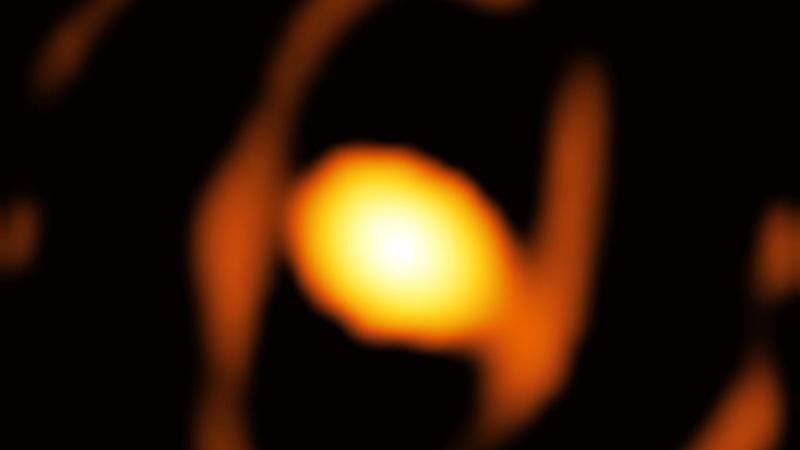
CD-ROM
CD-ROM (Compact Disc Read-Only Memory) is a type of optical disc used to store digital data. It was first introduced in 1982 and became popular in the 1990s as a means of distributing software, multimedia, and other digital content. CD-ROMs have a storage capacity of up to 700 MB and can be read by a CD-ROM drive, which uses a laser to read the data stored on the disc. In the context of space and astronautical engineering, CD-ROMs have been used to store data and software for space missions, including scientific data and images from space telescopes and probes.
Your Previous Searches
Random Picks
- Volcanic Ash: Volcanic ash is a type of ash that is produced during volcanic eruptions. It consists of small rock particles that are less than 2 mm in diameter and can be carried by wind over long distances. Volcanic ash can pose a significant hazard to ... Read More >>
- Satellite Deployment: Satellite deployment is the process of placing a satellite into its intended orbit or trajectory. This involves designing and building the satellite, selecting the launch vehicle, and determining the appropriate launch site and time. Once t ... Read More >>
- Actuators: Actuators are devices that convert electrical, hydraulic, or pneumatic energy into mechanical motion to control or move a system or mechanism. In the context of space and astronautical engineering, actuators are critical components of space ... Read More >>
Top News

Archaeologists discover 4,000-year-old canals used to fish by predecessors of an...
Using drones and Google Earth imagery, archaeologists have discovered a 4,000-year-old network of earthen canals in what’s now Belize...
News Source: ABC News on 2024-11-22

First close-up image of a star beyond our galaxy may reveal impending supernova...
Astronomers have taken the first close-up image of a star beyond our galaxy, and it’s a “monster star” surrounded by a cocoon as it slowly dies....
News Source: CNN on 2024-11-21

Bestselling author explains the science of happiness: "You can do the work"...
Bestselling author and Harvard professor Arthur Brooks opens up about how enjoyment, satisfaction and meaning in life can increase a person's wellbeing....
News Source: CBS News on 2024-11-18

November's full moon, known as the Beaver Moon, is the last supermoon of 2024. H...
November's full moon, known as the Beaver Moon, is the last supermoon of 2024. Here's when it peaks and why it's called the Beaver Moon....
News Source: CBS News on 2024-11-15

You can't put a price on the sense of awe particle physics inspires...
Astronomy and particle physics are no longer seen as vital by the US establishment, so funding has fallen. But our work creates a sense of wonder, and wonder matters, says Chanda Prescod-Weinstein...
News Source: New Scientist on 2024-11-13